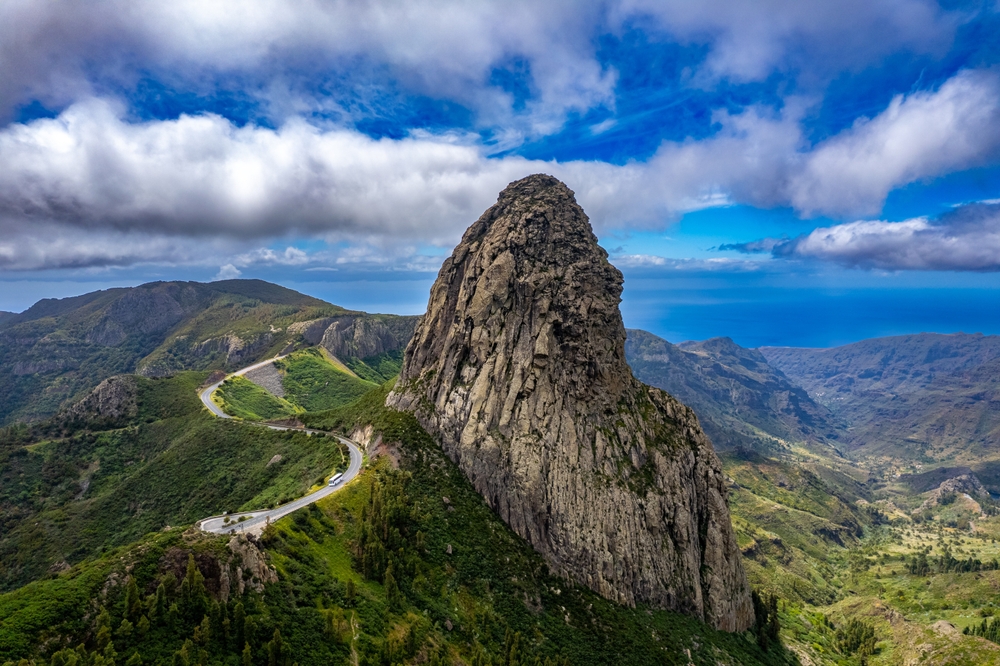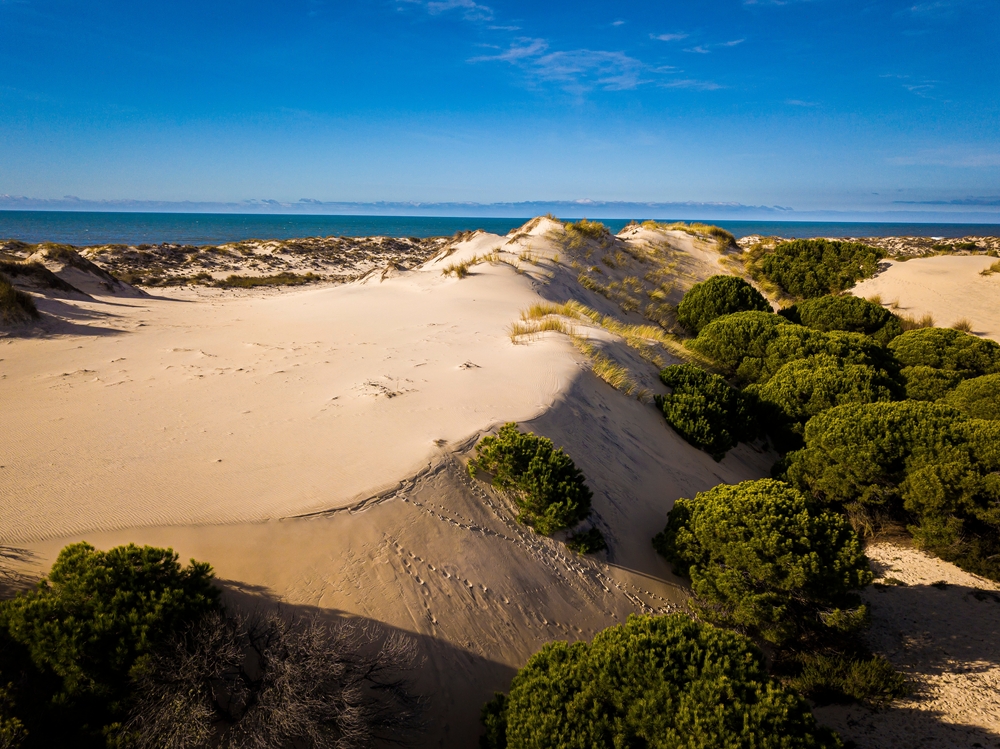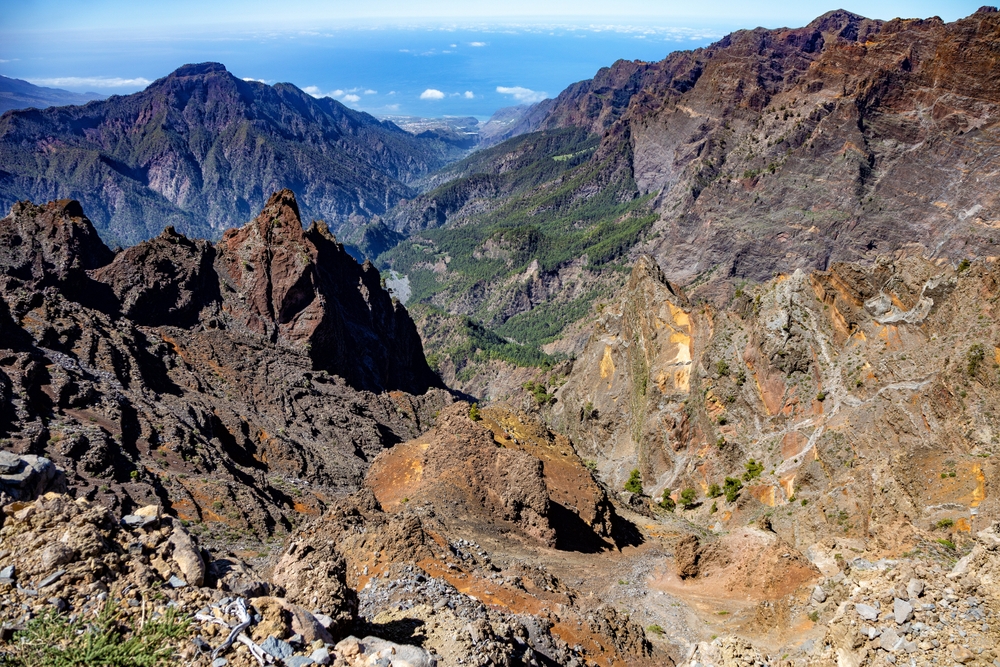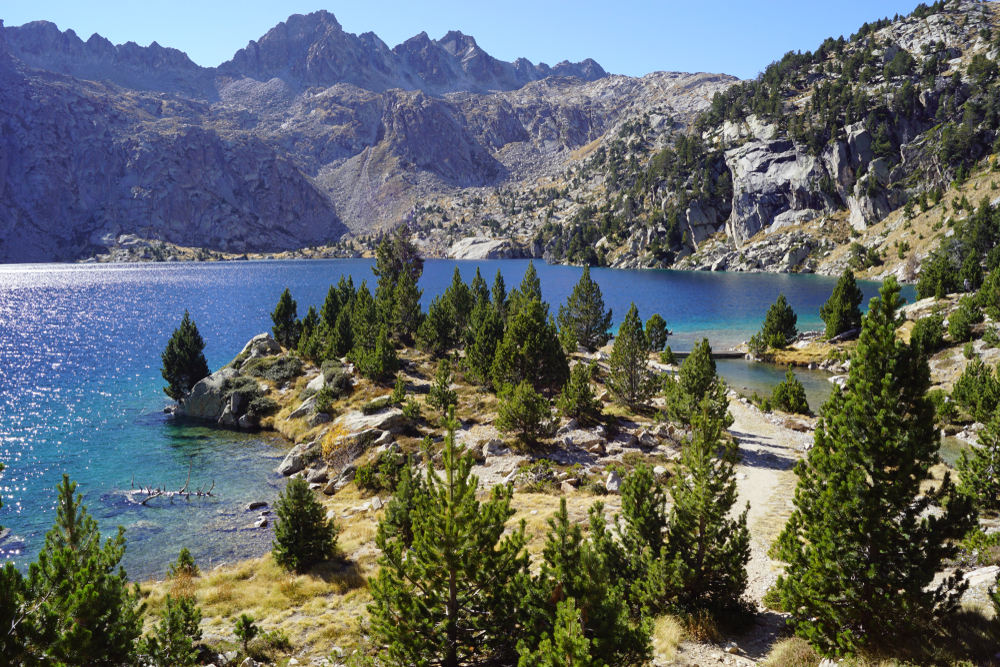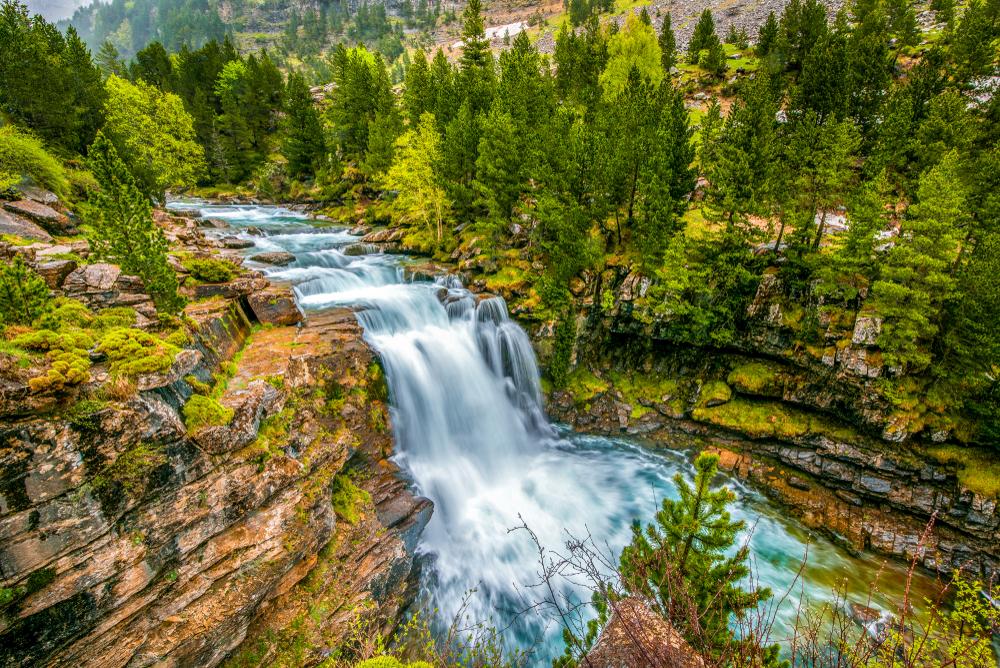Guadarrama Overview
Sierra de Guadarrama National Park, known as Parque Nacional de la Sierra de Guadarrama in Spanish, is located in central Spain, spanning the autonomous communities of Madrid and Castile and León.
Covering approximately 133 square miles (342 square kilometers), the park protects a significant portion of the Sierra de Guadarrama mountain range, which forms part of the larger Central System of Spain. Established in 2013, it is one of the newest national parks in the country and serves as a crucial conservation area for diverse ecosystems and wildlife.
The park’s landscape is dominated by rugged mountain peaks, high-altitude plateaus, and deep valleys. Some of the most striking features include Peñalara, the highest peak in the range at 8,268 feet (2,518 meters), and the imposing granite formations of La Pedriza, known for their unique shapes and rock-climbing opportunities.
The terrain also includes glacial cirques, lagoons such as Laguna Grande de Peñalara, and lush forests that change with elevation. Oak and pine woodlands cover the lower slopes, giving way to extensive Scots pine forests at mid-altitudes. Higher elevations are marked by alpine meadows, scrubland, and rocky outcrops. The varied vegetation supports a wide range of flora, including endemic and rare species adapted to the harsh mountain climate.
Sierra de Guadarrama National Park is home to a rich variety of wildlife, including several iconic and protected species. Among the most notable mammals are the Iberian ibex, a species of wild goat that thrives in the rocky cliffs and rugged landscapes. Other common species include red deer, wild boar, and foxes, while the elusive European wildcat and the Iberian wolf, though rare, can also be found in more secluded areas.
Birdwatchers are particularly drawn to the park due to its diverse avian population. The Spanish imperial eagle, one of the most endangered birds of prey in the world, nests within the park’s forests, along with griffon vultures, black vultures, peregrine falcons, and golden eagles. The alpine habitats also host small mammals such as the snow vole, and a variety of amphibians and reptiles can be found near the park’s streams and wetlands.
One of the most popular aspects of Sierra de Guadarrama National Park is its accessibility and the wealth of outdoor activities it offers. Hiking is the primary way visitors explore the park, with a network of well-marked trails leading to stunning viewpoints, glacial lakes, and mountain summits.
The ascent to Peñalara is one of the most frequented routes, providing panoramic views of the surrounding peaks and valleys. La Pedriza, with its labyrinth of rock formations, is a paradise for climbers of all skill levels. In winter, the park transforms into a destination for skiing and snowboarding at resorts such as Valdesquí and Navacerrada.
Cycling, horseback riding, and wildlife photography are also popular activities, with guided tours available for those looking to learn more about the park’s natural and cultural heritage.
Conservation efforts in Sierra de Guadarrama National Park focus on protecting its delicate mountain ecosystems while balancing the high number of visitors it receives each year. The park has been successful in maintaining stable populations of endangered species, particularly birds of prey, through habitat restoration and anti-poaching measures.
However, challenges remain, including habitat fragmentation due to urban expansion near Madrid, the impact of tourism on fragile alpine environments, and climate change affecting local flora and fauna.
Sustainable tourism initiatives, reforestation projects, and environmental education programs continue to play a role in preserving the park’s natural beauty and biodiversity for future generations.











































































